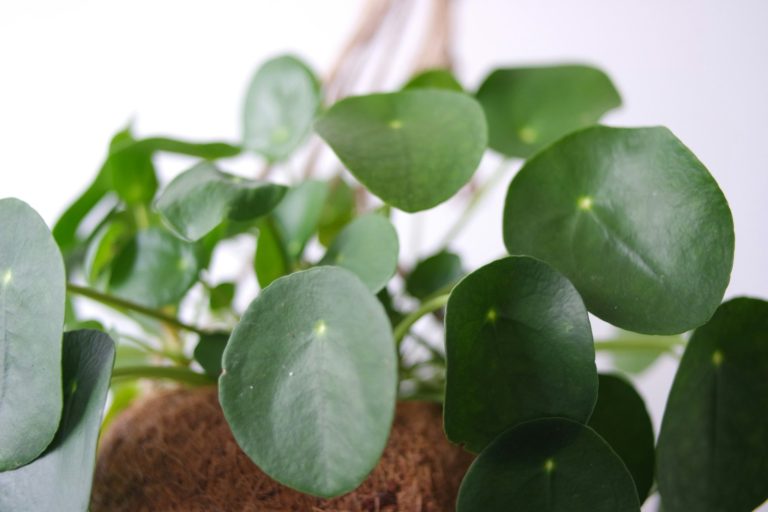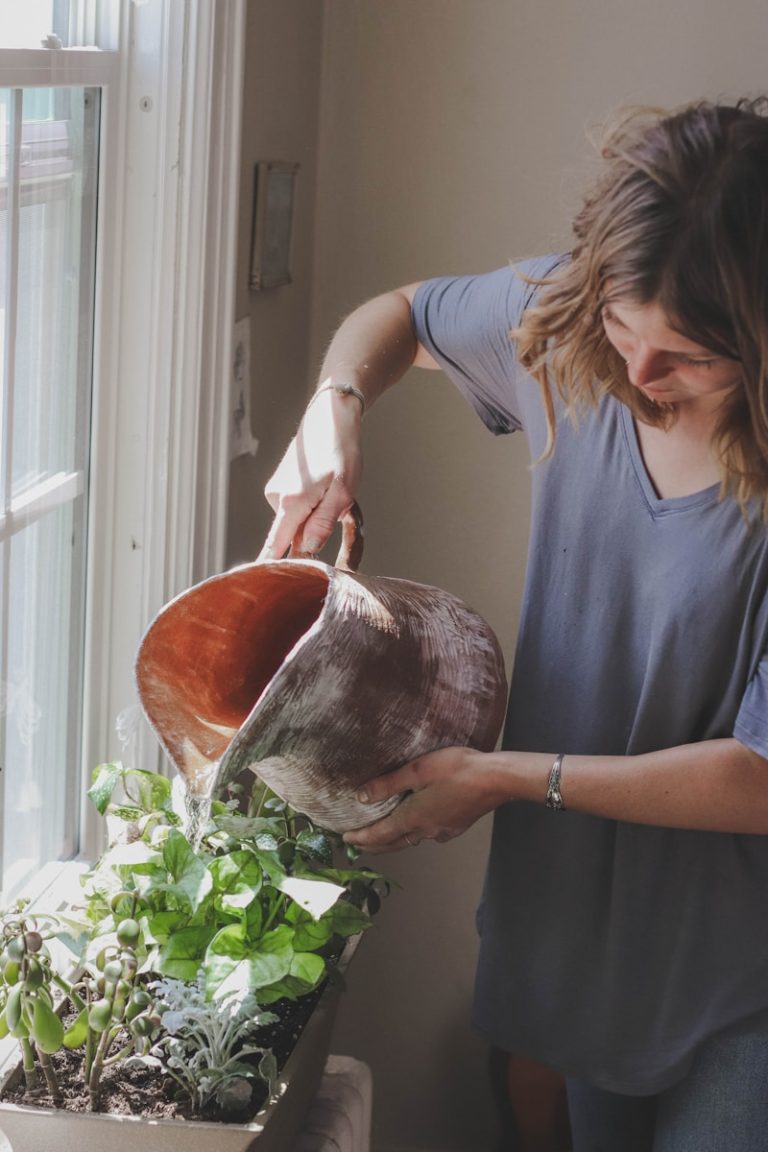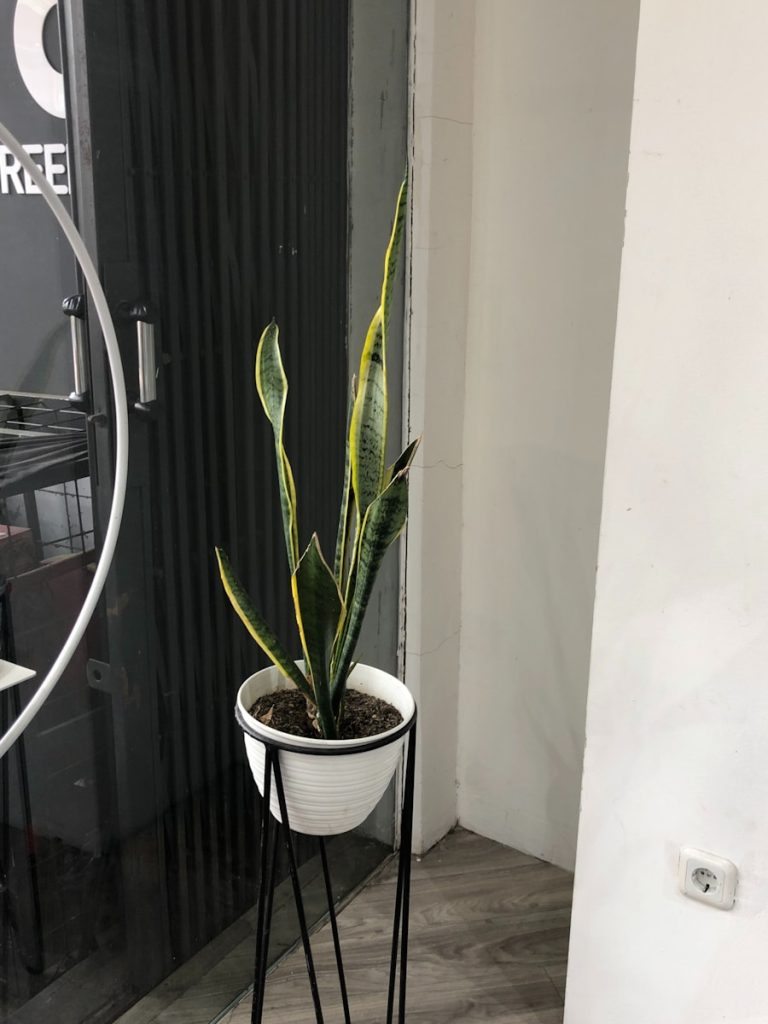Keep Basil from Bolting: Care for Your Basil Plant
Growing basil is a fun endeavor because it’s an aromatic herb that enhances dishes like pesto with its aroma and flavor. However, when your basil starts sending up a tall flower stalk, it means it’s bolting, which can alter the leaf taste. Don’t fret; we’re here to guide you on how to prevent bolting and maintain fresh basil throughout the season!
Key Takeaways
- Preventing basil bolting is crucial to maintaining its flavor.
- Basil requires at least six hours of direct sunlight and consistent watering.
- Regular pruning encourages bushy growth and delays bolting.
- You can still use bolted basil in cooking by pairing it with strong flavors.
Understanding Basil and Its Growth
What is Basil?
Basil is an annual herb, meaning its growing season lasts one year. Known for its delicious leaves, basil is a staple in global cuisines and can be easily grown in pots indoors. It thrives in warm weather and direct sunlight, which keeps the plant producing fresh basil. Belonging to the same family as parsley, lettuce, and cilantro, basil can sometimes be used interchangeably in various recipes.
Common Varieties of Basil
If you’re growing basil, it’s helpful to know there are multiple varieties. Sweet basil is the most popular, ideal for pesto, but don’t overlook Thai, lemon, and purple basil, each offering distinct flavors. Newer basil downy mildew resistant types are better for outdoor growth. Experiment with various kinds to find your favorite, applying the same care principles to all.
Optimal Growing Conditions for Basil
For basil to flourish, you must mirror its natural environment. Basil thrives in sunlight, needing at least six hours of direct exposure daily, and prefers temperatures between 70°F and 80°F. Ensure the soil remains consistently moist but not waterlogged, and enhance it with a balanced fertilizer every few weeks. Seedlings may benefit from special fertilizer to promote health.
The Bolting Process in Basil
When basil starts to bolt, it grows a flower stalk from its central stem, which can drain energy from the plant, making basil leaves bitter. Bolting often results from stress factors like high heat or inconsistent watering and is the plant’s natural attempt to seed and reproduce. Fortunately, there are methods to delay bolting and extend the life of your basil crops.
What Does it Mean for Basil to Bolt?
Basil plants bolt as they switch to reproduction mode, focusing on flower stalks rather than tasty leaves. Basil leaves may lose flavor and turn bitter once bolting begins. It’s a signal that the plant’s growing season is winding down, so preventative measures are crucial to maintaining leaf quality.
Signs That Your Basil Has Started to Bolt
The first sign of a bolting basil is a flower stalk emerging from the center of the plant. The stalk is tall with small flowers at the top, while surrounding leaves may appear smaller or discolored as the plant redirects its energy. Regularly check for these indicators, and take immediate action to keep your basil producing.
…[rest of the article continues unchanged]…


